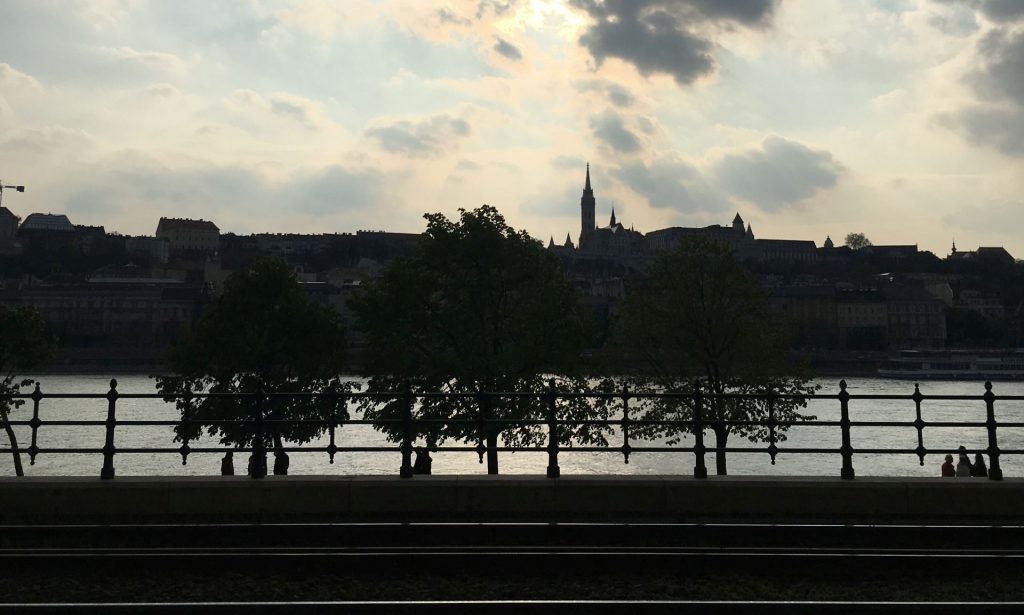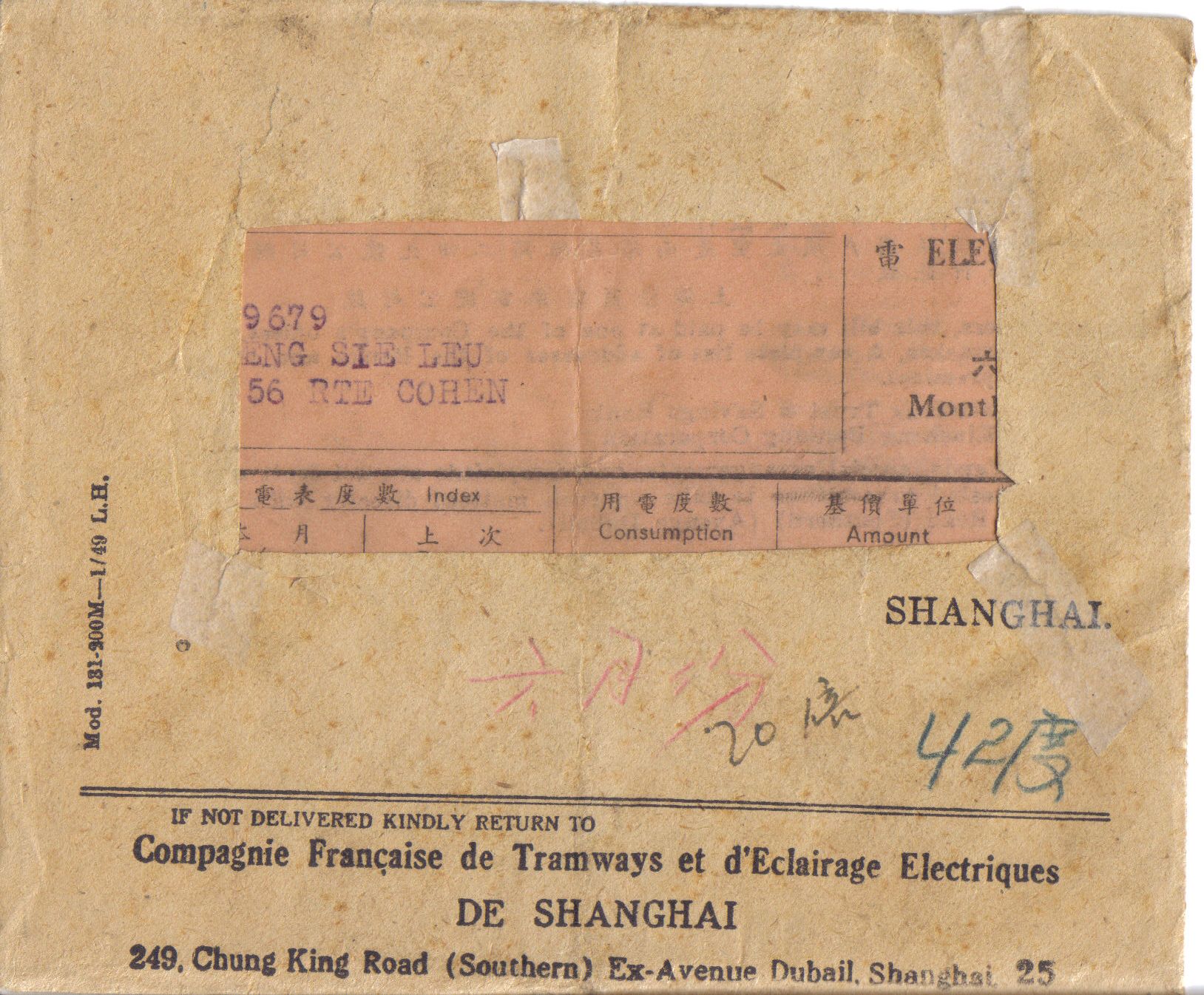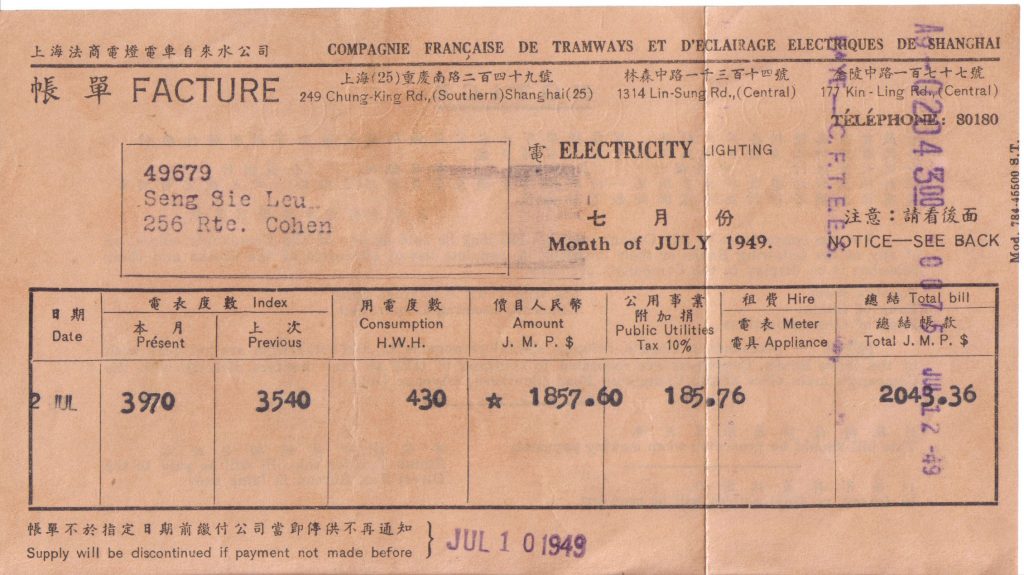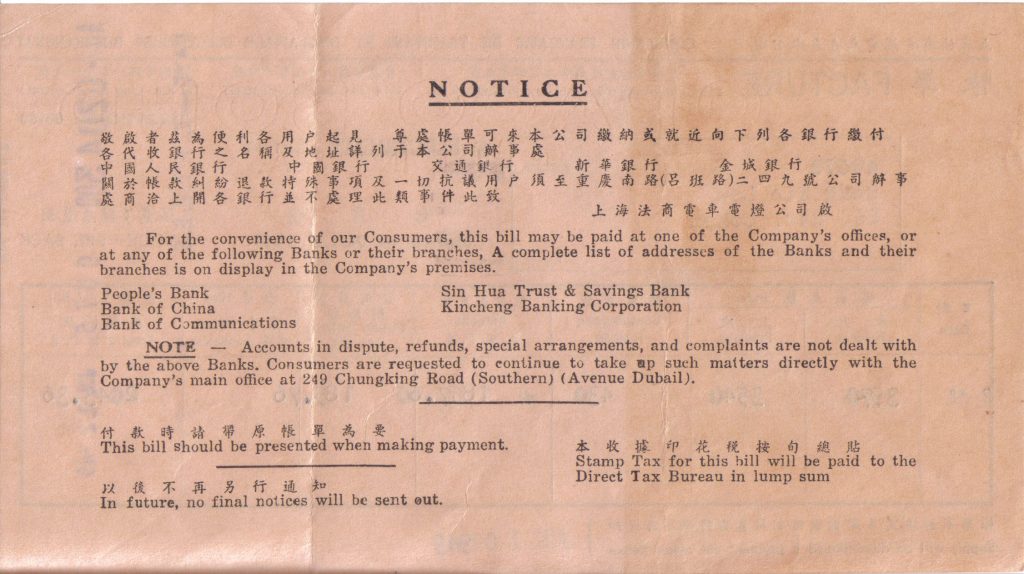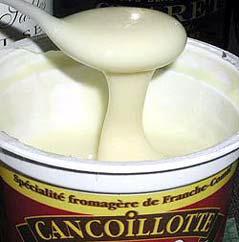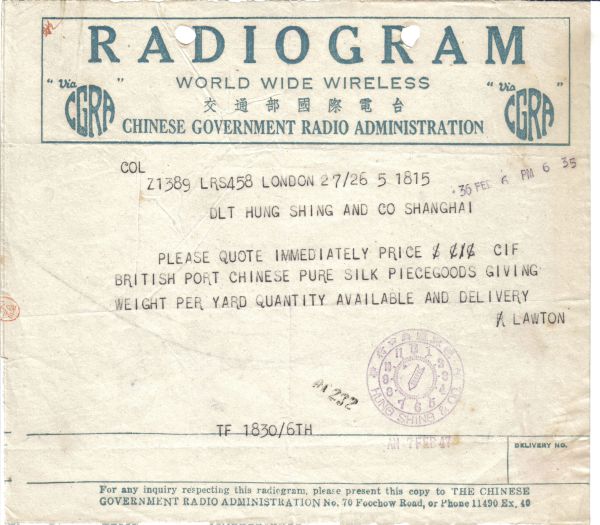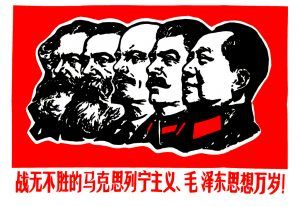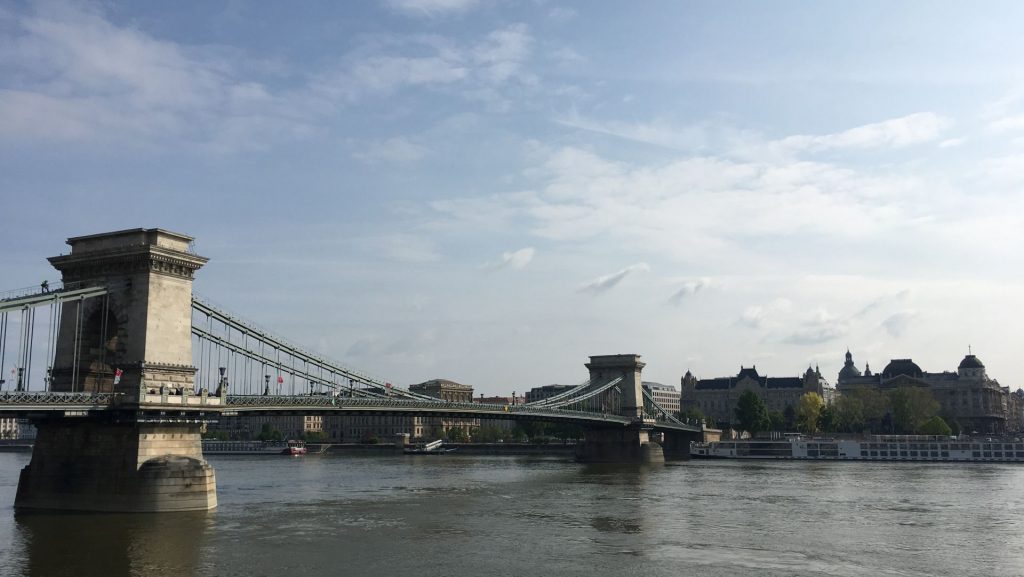
We had not met for about a year and I just could not come to Europe without seeing her. The original trip was supposed to take me straight to France, but somehow I had to make a detour. Instead of the streets of Paris, I’m sitting on a terrace having a coffee at Cafe Vian on Liszt Férenc Square, far away from France. The one I came to visit is the city of Budapest. Our story started when we first met in 1996 to somehow finished in December 2004, when I decided to leave and move to Shanghai. Although I am now far away, I have never forgotten the intense feeling of living here.
I have just spent the last hours walking in its streets and old feelings come back so fast. The city and me just find back each other. I notice every detail, every change in its heart. I touch the walls, the old stone still has the same feeling and the same soul. Flashbacks about people I knew and events that happened when I lived here come back at every corner. There is a déjà vu feeling (maybe a glitch in the matrix) and the return of past habits is just like slipping back in old shoes. I sometimes feel that I never left, that the whole time in Shanghai was just last night’s dream, just like it happened when I came back here after more than a year in Vietnam a few years ago. Spending time with old friends, sitting at the same restaurants we used to go and feeling somehow part of the group again, those feelings are worth coming from the other side of the World.
I am still in love with Budapest and being here is just like restarting an old relationship. While living here, I thought I would never leave, and somehow with fatigue, habits and all what happened, I ended up going away and eventually left for my new girl, Shanghai. Even if new and unknown feelings were overwhelming, it took me a long time to really absorb the end of my Budapest story and feel like a part of this new adventure. Shanghai is now my home and the relationship with this city is just as intense as the previous one. I still enjoy re-living the old times again, and I regularly come back (See later post Budapest Old and New). I even found ways to help bringing Budapest and Shanghai through the work and life of Lászlò Hudec (see post Hudec Alma Mater for more details). Having talked with enthusiasm of Budapest has also convinced a number of my Shanghai friends to come here to visit.
Spending time around the city great architecture and feeling Hungarian nostalgia again is still fantastic, while I know that the story is over. As much as I feel home here, it does not take long to realize how much a different person I have become. Any return would be the start of a new story, and imagining anything different would be fooling myself. The city is like an old girlfriend of mine, and meeting again is just so nice for a few days. It is just long enough to enjoy a little bit of the nostalgia before flying back to Shanghai, my new home.
